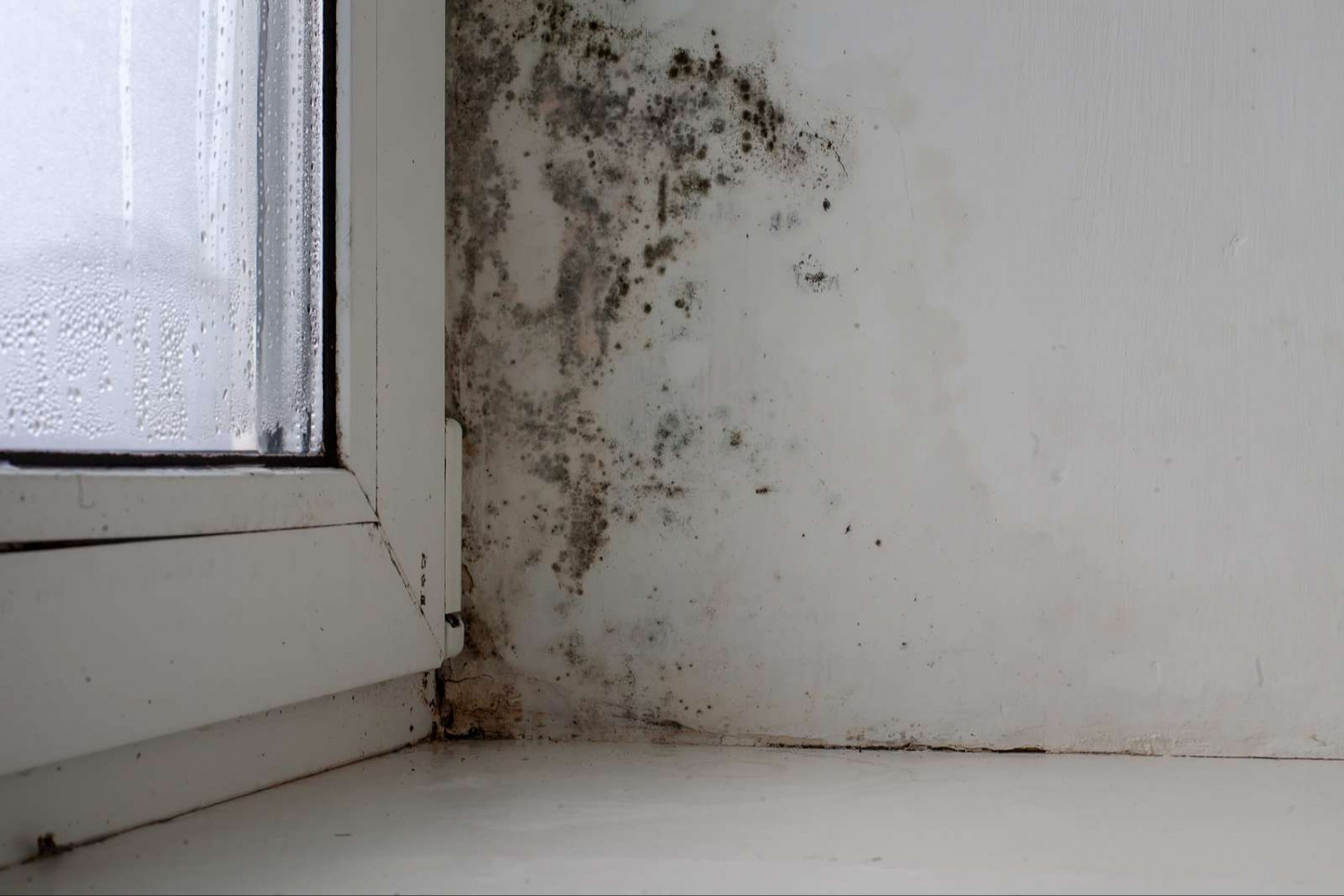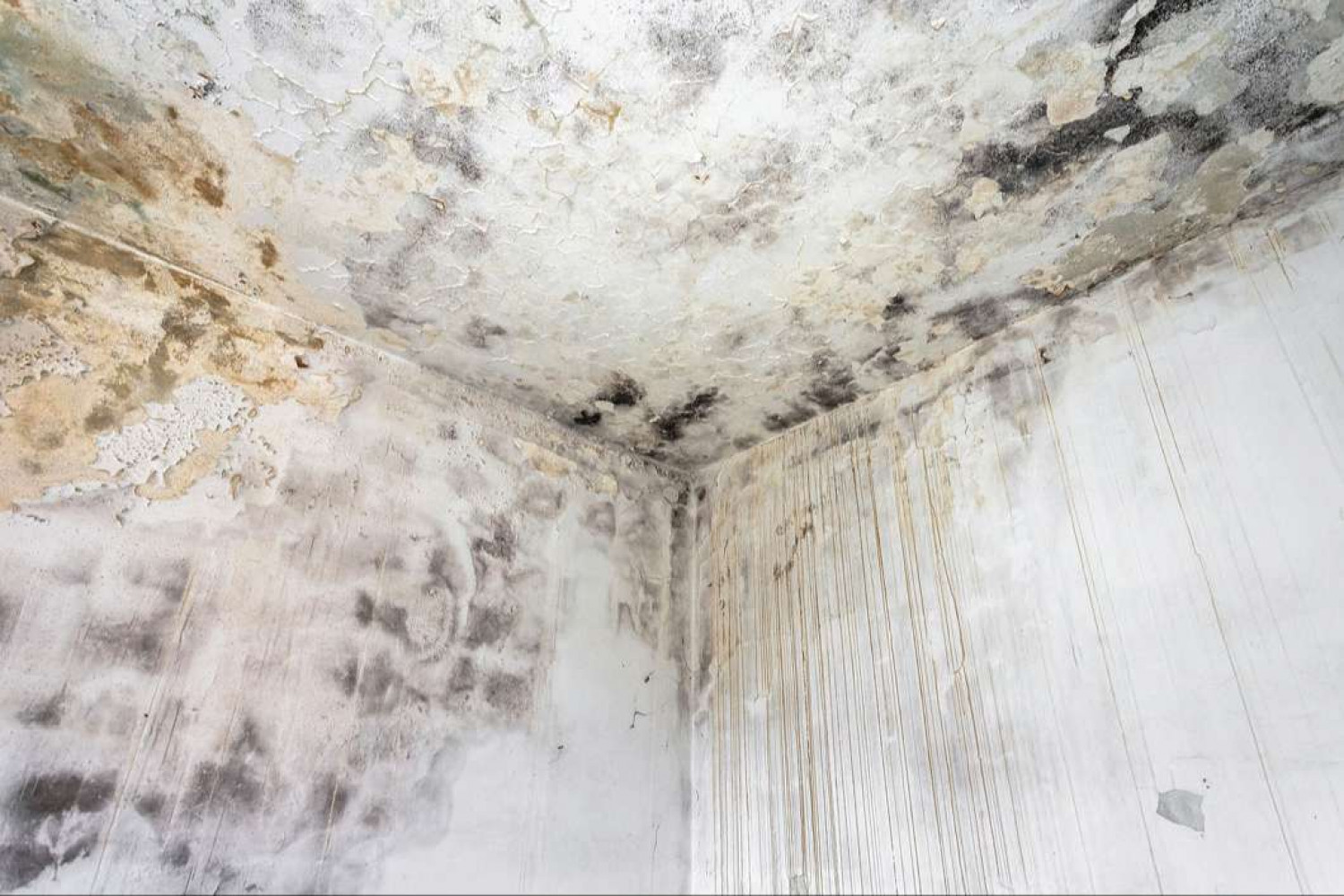

Get Rid Of Mold With the Pros
Reach out to us for mold removal services in Traverse City, Charlevoix, Garfield Township, MI or the surrounding area
Mold remediation is the process of removing and cleaning up mold from indoor environments. Mold can grow on any surface that has a moisture source and organic matter, and can cause health problems such as allergic reactions and respiratory issues. Mold remediation involves identifying the source of moisture, isolating the affected area, and removing the mold with specialized equipment and cleaning solutions. The process may also include repairing or replacing damaged materials, such as drywall or insulation, that have been affected by the mold growth. Proper mold remediation is important not only for protecting the health of occupants, but also for preventing further damage to the building and its contents.

Types Of Damage
Structural damage
Mold can grow on and weaken structural components of a home, such as wood framing or flooring.
Discoloration
Mold can cause unsightly stains or discoloration on walls, ceilings, and other surfaces.
Odor
Mold can produce a musty or unpleasant odor that can be difficult to eliminate.
Health problems
Exposure to mold can cause a range of health problems, including allergic reactions, respiratory issues, and headaches
Property damage
Mold can damage personal belongings such as clothing, furniture, and books.
Aesthetics
Mold can impact the overall aesthetic appearance of a home, making it look dirty or unkempt.
Compromised air quality
Mold spores can contaminate the air, reducing indoor air quality and potentially leading to health problems.
HVAC system damage
Mold can grow inside HVAC systems, leading to clogs, inefficiencies, and damage to the system.
Plumbing damage
Mold can grow inside pipes and drains, leading to clogs and damage to the plumbing system.
Moisture damage
Mold thrives in moist environments, so the presence of mold can indicate a moisture problem that needs to be addressed to prevent further damage to the home
When should you hire our company?
Mold is more than an eyesore, it's a safety hazard. Exposure to mold can have adverse effects on your health and well-being. Scheduling a mold remediation service after a burst pipe or indoor flood is the best way to prevent these issues. However, severe water damage isn't the only reason to call our team. You may also need mold remediation if you notice:
- Odd smells
- Warped wallpaper
- Water stains on your walls
We'll assess the damage, and then develop a practical plan to address it.
Contact our team now to schedule your flood damage repair service in the Traverse City or Charlevoix, MI area.
